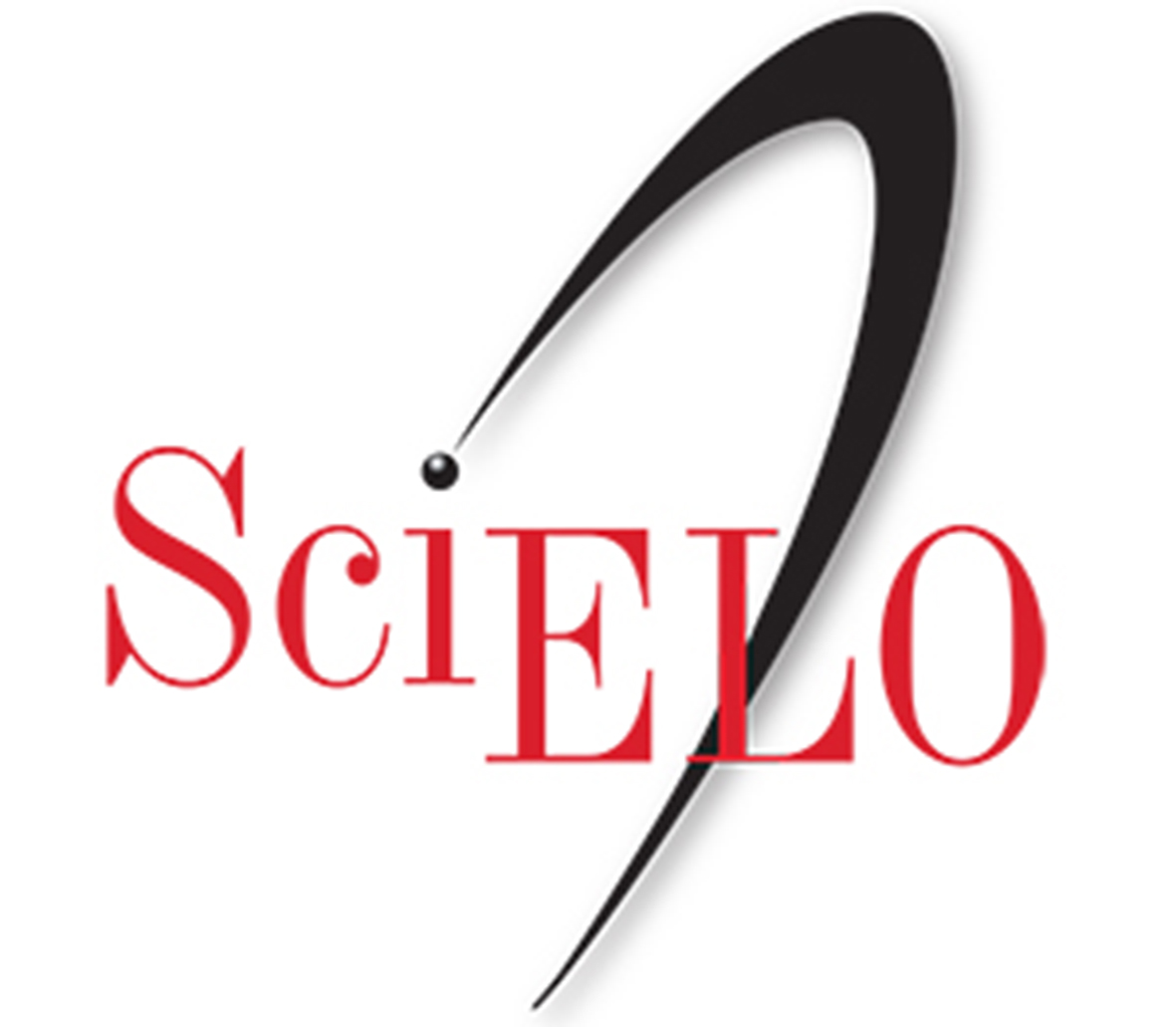UTILIZAÇÃO DOS DEPÓSITOS DE ENCOSTAS DOS BREJOS PERNAMBUCANOS COMO MARCADORES PALEOCLIMÁTICOS DO QUATERNÁRIO TARDIO NO SEMI-ÁRIDO NORDESTINO (hillslope sediments of the semi-arid Northeastern Brazil as palaeoclimatic markers)
Abstract
A avaliação da dinâmica geomorfológica de áreas ecologicamente disjuntas dos compartimentos elevados do Planalto da Borborema priorizou a ocorrência de depósitos sedimentares datáveis, que foram identificados após um levantamento qualitativo das feições geomorfológicas. As áreas tipo escolhidas foram o maciço da Serra da Baixa Verde e Brejo da Madre de Deus, Pernambuco. Dentre as diversas feições encontradas, foram os depósitos de encosta, os colúvios, sob a forma de rampas e aventais que foram escolhidos para a reconstrução da dinâmica geomorfológica. A estratigrafia dos materiais que estruturam a superfície da paisagem foi definida a partir da elaboração de seções verticais. A datação por LOE foi realizada a fim de uma reconstrução modelística qualitativa dos eventos deposicionais. Os resultados obtidos indicam a ocorrência de eventos pontuais de remobilização do material de encosta como resposta dinâmica dos sistemas geomorfológicos aos eventos de oscilações climáticas desde o UMG.
Palavras-chave: Dinâmica Geomorfológica, Colúvios, Datação por LOE.
Abstract
The assessment of the geomorphological dynamics of ecologically discontinuous areas in the elevated compartments of Borborema Highlands has prioritized the occurrence of datable sedimentary deposits, which have been identified following a qualitative surveying of geomorphological features. The chosen pilot-areas for the conduction of this research were the Baixa Verde massif and the highlands of Brejo da Madre de Deus, State of Pernambuco. Among the several identified features, hill slope deposits, colluvium, in the shape of ramps and aprons were chosen for reconstructing the geomorphological dynamics. The stratigraphy of materials that overlie the surface of the landscape was defined following the elaboration of log sections. Optically stimulated luminescence dating of sediments was used as a tool for the qualitative reconstruction of depositional events and establishing models for landforms evolution. The obtained results indicated the occurrence of discrete events of material remobilization along the slopes as a response to climatic oscillations following the last glacial maximum.
Keywords: Geomorphologic dynamics, colluvium, OSL dating.
Authors who publish in this journal agree to the following terms:
- Authors retain the copyright and grant MERCATOR the right of first publication, with the work simultaneously licensed under the Creative Commons Attribution License, which allows the sharing of the work with recognition of the authorship of the work and initial publication in this journal.
- Authors are authorized to sign additional contracts separately, for non-exclusive distribution of the version of the work published in this journal (e.g., publish in an institutional repository or as a book chapter), with acknowledgment of authorship and initial publication in this journal.
- Authors are allowed and encouraged to publish and distribute their work online (e.g., in institutional repositories or on their personal page) at any point before or during the editorial process, as this can generate productive changes as well as increase the impact and citation of the published work (see The Effect of Free Access).
- Authors are responsible for the content of the manuscript published in the journal.






